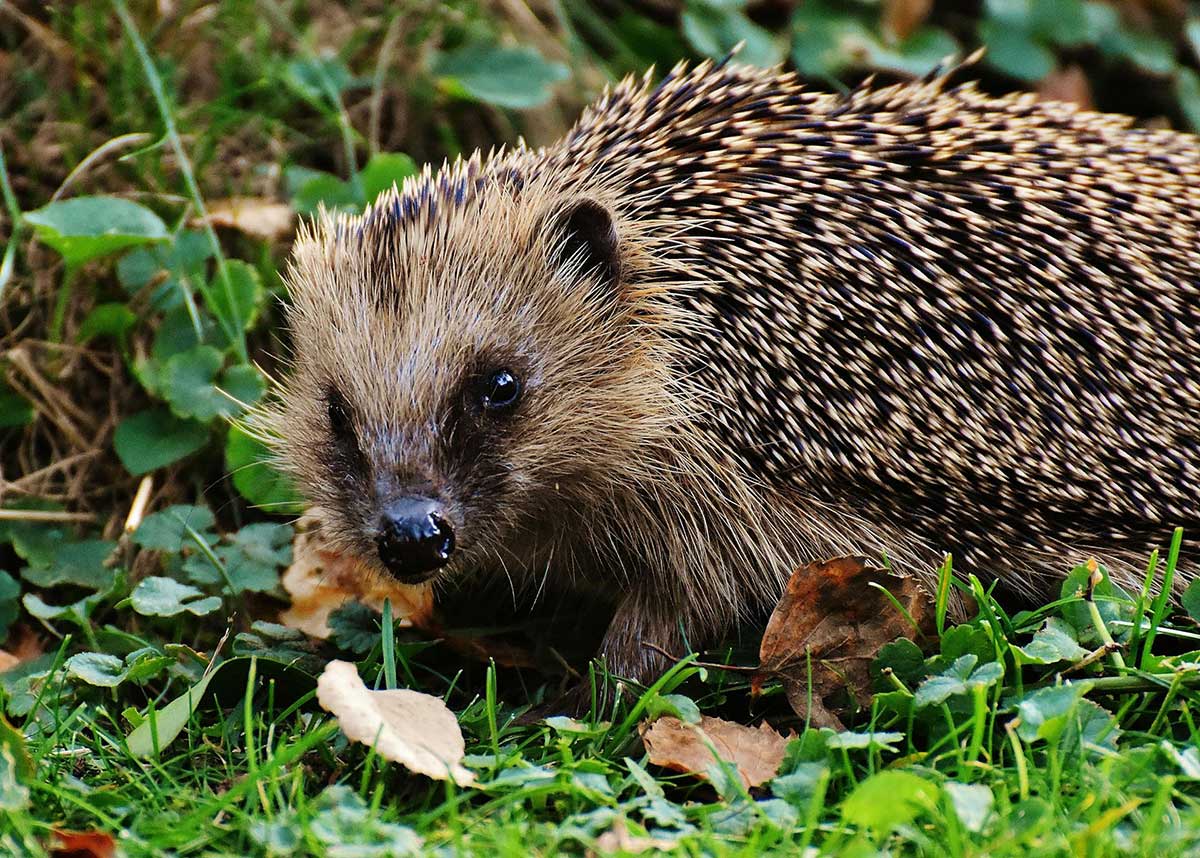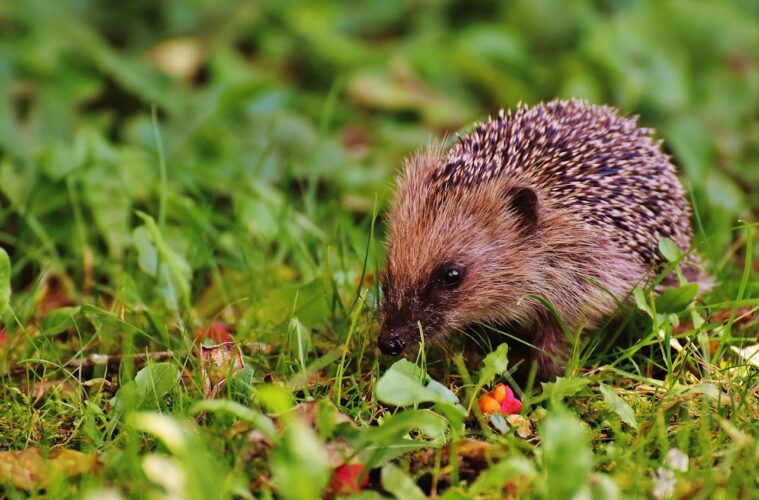Hedgehogs are wonderful, nocturnal garden visitors that play an essential role in controlling insect populations, such as slugs and caterpillars. Attracting hedgehogs to your garden not only supports their conservation but also creates a more balanced and natural ecosystem. If you’re keen to welcome these charming creatures, there are several ways to make your garden hedgehog-friendly. This guide will explore how to attract hedgehogs and what to do if and when they arrive.
Why Attract Hedgehogs?
Hedgehogs are currently in decline due to habitat loss, busy roads, and pesticides that reduce their natural food sources. By creating a safe, welcoming space in your garden, you can offer them shelter and sustenance while enjoying the benefits of natural pest control.
How to Attract Hedgehogs to Your Garden
1. Make Your Garden Hedgehog-Friendly
Hedgehogs need safe access to gardens and natural food sources. Here’s how to ensure your garden is a suitable environment for them:
- Provide Gaps in Fences and Walls – Hedgehogs can roam up to two miles per night looking for food. If your garden is enclosed, consider making a small hole (about 13cm x 13cm) in fences or walls to allow hedgehogs to travel freely between gardens.
- Reduce Lawn and Patio Space – Hedgehogs prefer natural habitats, so try to maintain areas with long grass, wildflowers, and dense undergrowth where they can hide and forage.
- Avoid Chemicals and Pesticides – Slug pellets, insecticides, and weed killers can be toxic to hedgehogs and reduce the availability of natural prey. Opt for organic alternatives or encourage hedgehogs to manage pests naturally.
2. Offer a Safe and Comfortable Shelter
Hedgehogs need a place to rest and hibernate during colder months. You can provide:
- A Log Pile – A simple pile of logs, leaves, and twigs can create a natural shelter for hedgehogs to sleep in during the day and hibernate in winter.
- Hedgehog Houses – You can buy or build a hedgehog house to provide a dry and safe nesting place. Position it in a quiet, sheltered corner of the garden, ideally under a hedge or behind bushes.
- Compost Heaps – These make excellent nesting sites and are a great natural way to attract hedgehogs. However, always check before turning compost or lighting bonfires to avoid harming a hidden hedgehog.
3. Provide Food and Water
While hedgehogs primarily feed on insects, slugs, worms, and beetles, they will appreciate supplementary food, especially in the colder months when natural food sources are scarce.
- Hedgehog-Friendly Food – Leave out meaty cat or dog food (non-fishy flavors), hedgehog-specific food, or dry cat biscuits. Avoid bread and milk as they can cause digestive problems.
- Fresh Water – Provide a shallow dish of fresh water, especially in summer and during dry spells. Avoid leaving out milk as hedgehogs are lactose intolerant.
4. Make Your Pond Hedgehog-Safe
Hedgehogs are good swimmers but can struggle to climb out of steep-sided ponds. To prevent drowning:
- Add a gentle slope or a small ramp to help them climb out.
- Place rocks or logs around the edge for them to grip onto.
5. Avoid Hazards
Hedgehogs can easily get trapped or injured in gardens. Make sure to:
- Check Long Grass Before Mowing – Hedgehogs often rest in long grass during the day, so always check before strimming or mowing.
- Secure Netting and Rubbish – Garden netting, sports nets, and plastic waste can entangle hedgehogs. Keep these items stored safely.
- Cover Drains and Holes – Hedgehogs can fall into open drains or deep holes and become trapped.

How to Attract Hedgehogs to Your Garden and Care for Them
What to Do When a Hedgehog Arrives
Once you’ve created an inviting space, it’s only a matter of time before hedgehogs visit your garden. Here’s what to do when they arrive:
Observe Without Disturbing
Hedgehogs are shy creatures, so watch them from a distance, ideally in the evening or at night when they are most active. Use a wildlife camera if you’d like to track their movements.
Keep a Regular Food Supply
If a hedgehog begins visiting regularly, keep putting out food and water, especially in autumn when they need to build up fat reserves for hibernation.
Encourage Hibernation in Your Garden
Between November and March, hedgehogs hibernate. If you see one in winter that appears weak or underweight (less than 600g), it may need help. Contact a local wildlife rescue center for advice.
What to Do If You Find a Sick or Injured Hedgehog
Sometimes, hedgehogs need a helping hand. If you find one that seems unwell, here’s what to do:
Signs of a Hedgehog in Need
- Out in daylight (hedgehogs are nocturnal and rarely active during the day).
- Appearing thin, weak, or wobbly.
- Covered in flies, maggots, or with visible wounds.
- Making unusual noises (such as distress calls).
How to Help
- Pick Up Carefully – Use gardening gloves or a towel to gently pick up the hedgehog.
- Provide Warmth – Place it in a high-sided cardboard box with a towel and a warm (not hot) water bottle wrapped in a cloth.
- Offer Water and Food – Provide fresh water and meaty cat food, but avoid force-feeding.
- Contact a Hedgehog Rescue – Reach out to a local wildlife rescue center or the British Hedgehog Preservation Society for guidance.
Final Thoughts
Welcoming hedgehogs into your garden is a rewarding experience that helps support these much-loved but declining creatures. By making small, thoughtful changes to your garden, you can create a safe haven for hedgehogs while benefiting from their natural pest control abilities. Once they arrive, provide food, water, and shelter, and always be mindful of their safety.
With patience and care, you can turn your garden into a hedgehog-friendly haven, ensuring these charming animals thrive for years to come.

